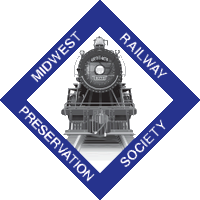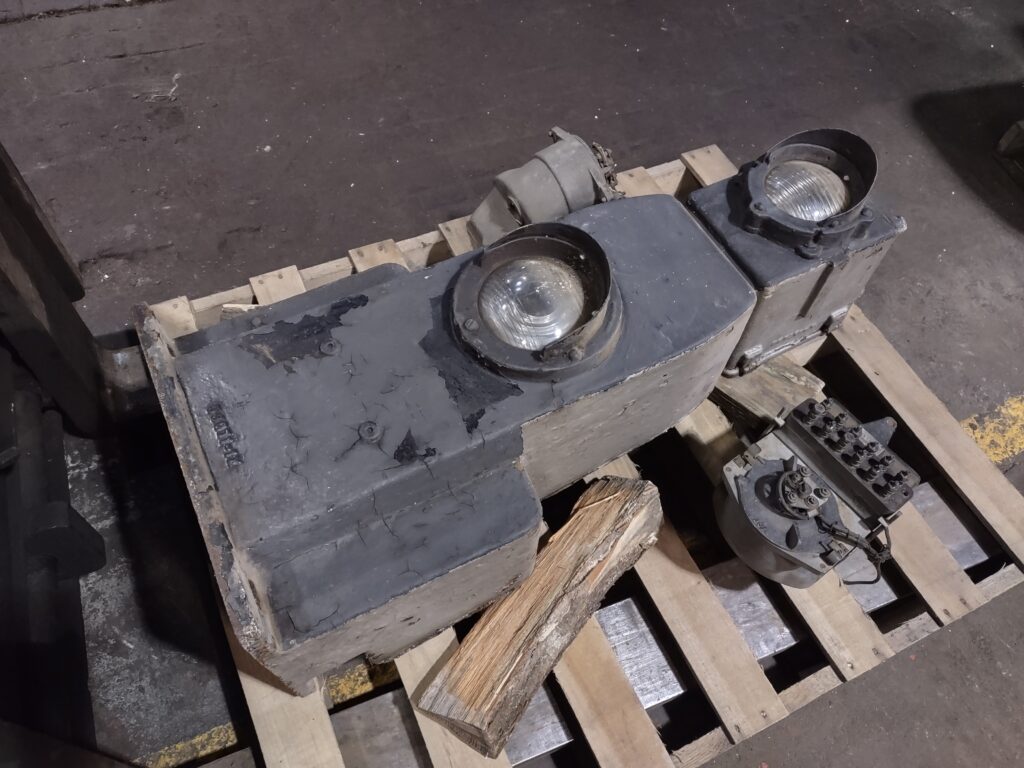Most Greater Clevelanders are well aware of the history of the city’s iconic Terminal Tower. When the Cleveland Union Terminal opened to train traffic on October 23rd, 1929 it had 12 station tracks and an additional 10 track coach yard.
Controlling the traffic within the Terminal complex was achieved through specially designed Colorlight Signals that were made by General Railway Signal Company. The shape of the art-deco signals was inspired by the Terminal Tower complex.
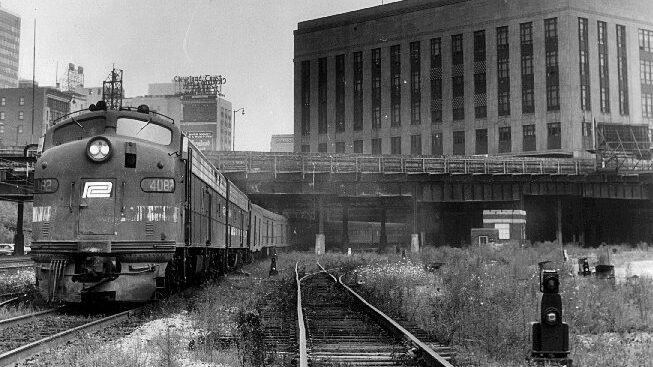
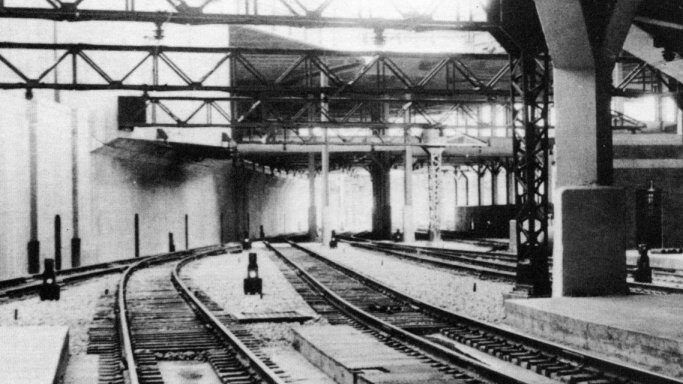
The photos above were taken at the CUT and show the Colorlight signals mounted alongside the tracks. The photo on the left was re-printed from “The Terminal Tower Complex 1930” by Jim Toman & Dan Cook, page 34. The photo on the right was taken in the early 1970’s. The actual date and photographer is unknown.
In total, there were originally 124 switches controlled in a tower that was 144 feet long, 17 feet wide and two stories tall. The basement housed crew lockers, transformers and batteries. The relay room and telegraph and telephone rooms were on the first floor while the interlocking machine and maintenance room was on the second floor. The interlocking machine was also designed and built by General Railway Signal Company and had 576 levers. The machine was custom designed and broken into six sections so that if one section broke-down, it could be taken out of service for repair while the other sections remained in use. The model board for the system was also broken down into three sections to allow for better viewing. In total, the entire length of the interlocking machine was 95 feet.
Besides controlling 124 switches, the tower also controlled double-slip switches, movable-point frogs, derails and 193 signals. Out of the total number of signals, 40 were high mast signals with the remaining 153 signals being the custom made four indication dwarf signals. The signals also housed the transformers and control relays within.
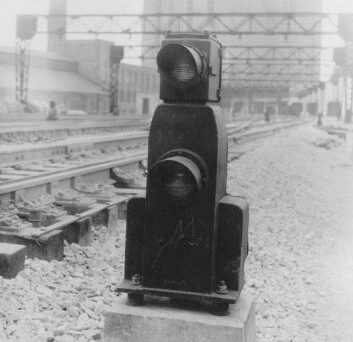
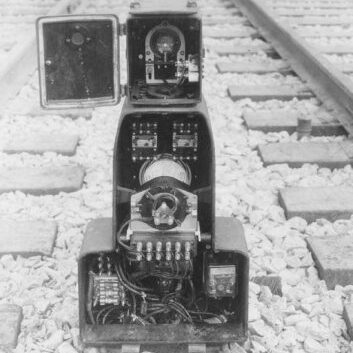
The photos above depict the front (left) and rear, interior (right) of the special Colorlight art-deco signals. The photographer and date is unknown.
The signals were mounted on springs in order to fight vibration and had custom made nuts that would give way to prevent damage if the signal was struck.
By the 1970’s, passenger service had declined so much that the predominant traffic in CUT was rapid transit. Railroad passenger service ended in 1977 and only the rapid transits remained using just one section of the terminal. Little by little, Forest City Enterprises, the owners of the complex, removed unused trackage as well as all of the signals. Most of the signals that were removed were marked with a historical property tag. They were sold to the public with some ending up in private collections, one being the Illinois Railway Museum.
While the story of the specially designed art-deco Colorlight signals is interesting reading for those interested in the history of CUT and Greater Cleveland there is actually more to this story. Midwest Railway recently came into possession of one of the historic signs through a donation from Edward Favre of Lakewood, Ohio.
The signal, (shown in the featured photo) came with two extra light signal mechanisms and is fully operational. Serial numbers are; bottom front 53071-1X, bottom back cover, 53069-1X, upper back cover 36727-7X. The attached plate number on the back cover is 349. This donation increases our inventory of CUT historic artifacts that include the track board for tracks 15 and 16, lighted signage for cabs, telephones and baggage transfer, a steel plate mosaic mural and Railway Express Agency baggage carts. Although the signal is currently in storage, it may one day be mounted in our yard alongside one of our tracks where it can be seen by visitors to the Historic B&O Roundhouse.
Note: Sources of information in this article are:
RR Signal Pix website
The Terminal Tower Complex by Jim Toman & Dan Cook (1930)
Together, we preserve history
